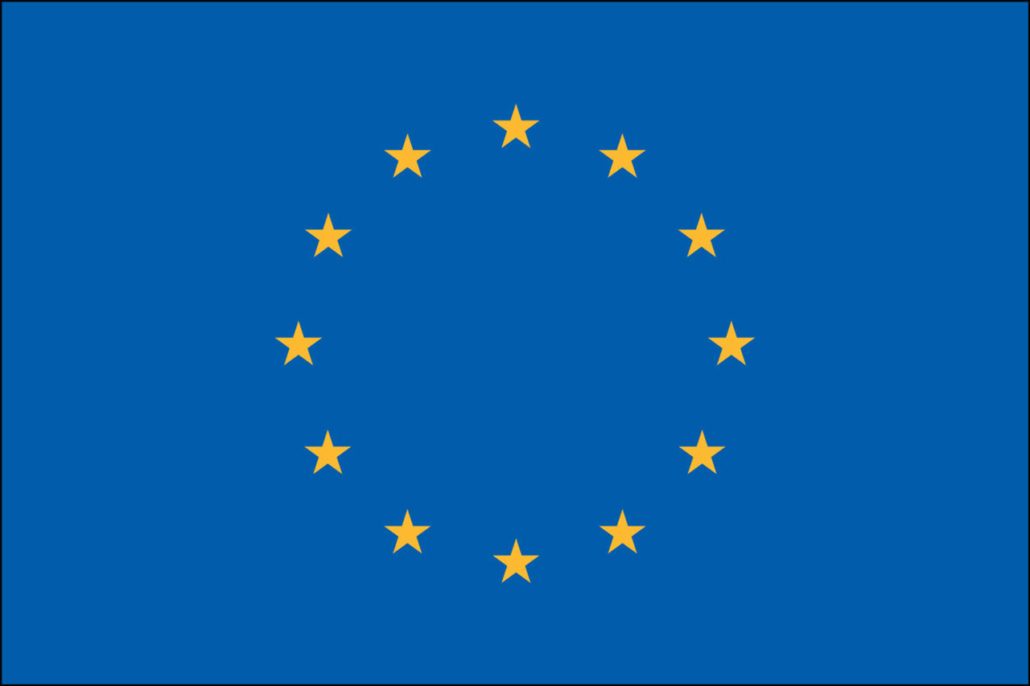This news update regarding using less fish to test chemicals safety is brought to you by phys.org.
The JRC has released a new strategy on how to replace, reduce and refine the use of fish in testing of chemicals’ effect on flora and fauna in water (aquatic toxicity) and chemicals’ uptake and concentration in living organisms (bioaccumulation). Out of the 11.5 million animals used for experimental purposes in the EU (2011 data), cold blooded animals, namely reptiles, amphibians and fish represent 12.4%. In the case of specific testing for toxicological safety assessment, fish represent 18% of the one million animals used.
Developed by the JRC-managed European Union Reference Laboratory for Alternatives to Animal Testing (EURL ECVAM), the strategy supports EU legislation on environmental hazard and risk assessment of chemicals and EU legislation on protection of animals used for scientific purposes.
Achievement of the of the strategic aims and related objectives outlined in the document will deliver alternative approaches for standard information requirements while ensuring that tests on fish are only conducted as a last resort. Success will depend on the proactive and coordinated engagement of the multiple stakeholders in the field. An important near-term impact could be the reduction in the number of these tests conducted on chemicals subject to the next REACH registration deadline (2018).
For more information on using less fish to test chemicals safety please visit the phys.org link above. Please contact Nexreg for Regulatory Services.

